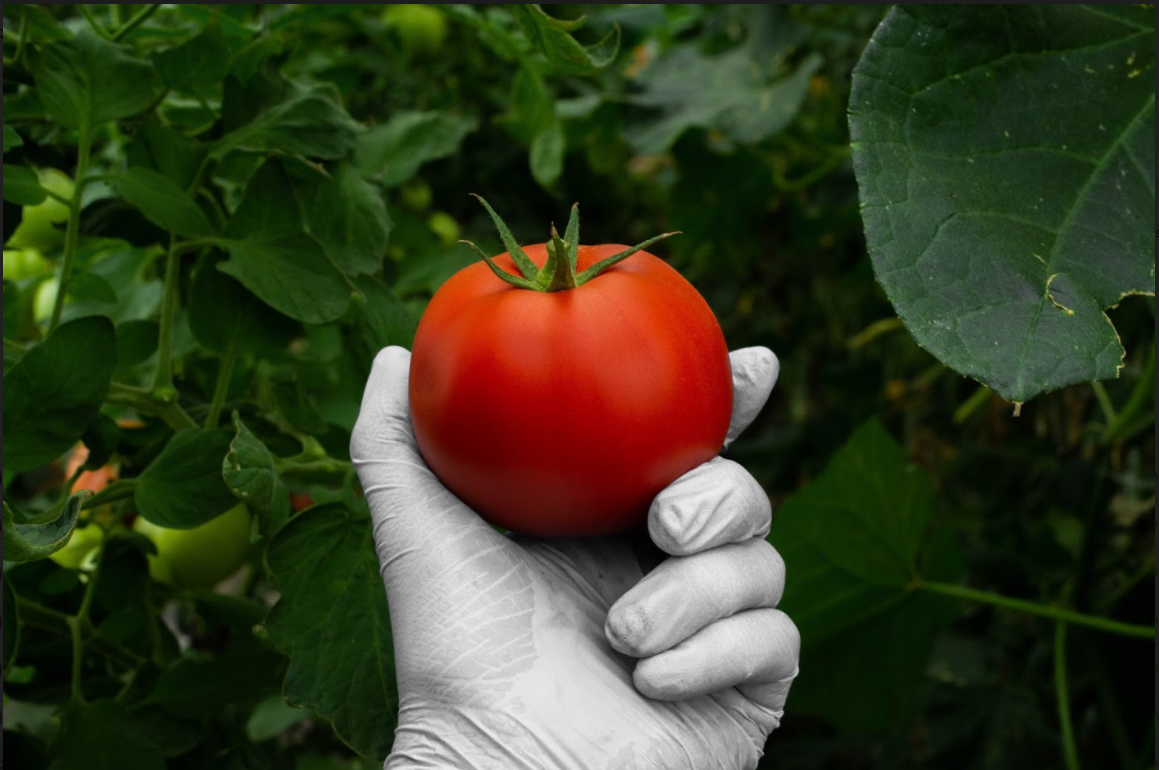Who We Are
Providing High Quality Organic Produce to Our Community
Ever since our company was founded in 2017, we at Barking Dog Farms have been dedicated to providing our community with a healthy alternative to harmfully grown produce.

Family Owned and Operated

Eric Cable
Founder
After years of frustration dealing with unhealthily grown and low quality produce, Eric finally decided to take action. He started researching small-scale farming in 2015, and started construction on the farm's first greenhouse in early 2017. The latest step in his journey was acquiring an organic certification in March of 2021.

Seva Cable
Farm Operator
Inspired by his father's attitude towards food, Seva has been helping on the farm for many years. His work has been instrumental in growing the business and the produce.

Ilya Cable
Farm Operator
The youngest member of the farm team, Ilya, has taken the example of his older brother in working on the farm and spreading the message of organic goodness.

Hydroponic or Organic?
We grow tomatoes two ways: hydroponically and organically.
Hydroponic Tomatoes
Hydroponics is a method of growing vegetables (most commonly tomatoes, herbs, and leafy greens) without using soil. Instead, a substrate of some sort is used as the growth medium, and the plant receives it’s nourishment from a nutrient solution. Hydroponic veggies are grown indoors, which allows the temperature, humidity, and light levels to be finely tuned to the plant’s needs. This makes early season harvests possible.
Our hydroponic tomatoes are grown in a mixture of scoria and clay balls. They receive the nutrient solution through a small sprinkler system. The hydroponic tomatoes usually ripen in May/June. No herbicides or pesticides are used on our plants.
Organic Tomatoes
The second method of tomato production we use is fully organic. The tomatoes are planted in organic soil, with organic fertilizer, and no chemicals are used to boost their growth. The fruit these plants produce is the “crème de la crème” of the tomato world. They usually ripen mid-summer.
What Are Microgreens?
The most common question we get is: what exactly are microgreens?
Recently gaining traction in high-end restaurant and cafes, microgreens are often recommended by nutritionists as a vitamin-packed alternative to traditional leafy greens. Unlike sprouts, microgreens are grown in soil, which boosts nutrition and flavor, and each variety tastes just like it’s traditional plant counterpart. They contain up to forty times the nutritional qualities of more mature vegetables. Microgreens take between 12 and 15 days to grow, and are classified as “baby plants”. They can be grown from a wide variety of seeds, ranging from wild cabbage to melons, cucumbers, and squash.
Many growers use synthetic fertilizers to boost the growth of their greens. We only use two ingredients: soil and water. This allows us to keep our microgreens fully organic and completely herbicide and pesticide free.
First, clean grow trays are filled with organic soil, which is then compacted to produce a firm foundation for the seeds. Next, seeds are spread evenly across the surface of the soil. Then, the tray is placed in a sealed grow chamber, kept at a constant temperature. After some time in the chamber, the greens are set under grow lights and allowed to finish their journey to maturity. They are then harvested and placed in a sealed container, ready for sale. The entire process takes about two weeks.
